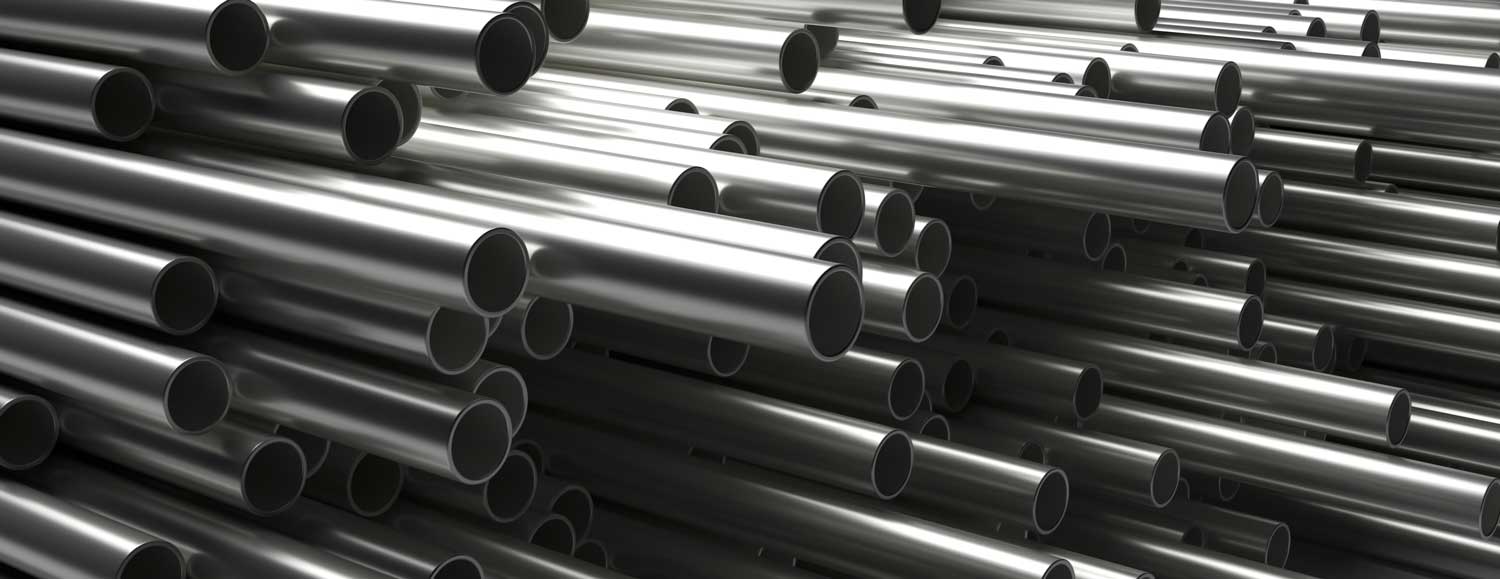Choosing the right compressed air pipe size is crucial for ensuring optimal performance and efficiency of the system. Proper pipe sizing helps minimize pressure drops, maintain an adequate flow rate, and reduce energy consumption. Here are the key steps to consider when selecting the appropriate pipe size for your compressed air system:
Determine Required Flow Rate: Calculate or estimate the total flow rate required by your compressed air system. This is typically measured in cubic feet per minute (CFM) or liters per minute (L/min). Consider the maximum demand of the system and the cumulative flow rate required by all connected equipment.
Identify Allowable Pressure Drop: Determine the allowable pressure drop for your application. Different equipment and processes may have specific pressure drop requirements. Consult the manufacturer’s specifications or relevant industry standards to understand the acceptable pressure drop range.
Consider Pipe Material: Select a suitable pipe material based on factors such as operating pressure, corrosion resistance, cost, and local regulations. Common pipe materials for compressed air systems include copper, aluminum, steel, and plastic (such as PVC or polyethylene). Ensure the chosen material can withstand the pressure and air quality requirements of your system.
Utilize Pipe Sizing Charts or Software: Refer to pipe sizing charts or utilize specialized software designed for compressed air system design. These resources provide information on the relationship between pipe diameter, flow rate, pressure drop, and air velocity. Input the required flow rate and pressure drop parameters to determine the appropriate pipe size for your system.
Consider Velocity and Air Loss: Consider the air velocity within the pipes. While higher velocities may allow for smaller pipe sizes, excessive velocities can cause increased pressure drops, energy consumption, and higher air losses due to friction. Typically, velocities between 20 and 30 feet per second (6 to 9 meters per second) are recommended for compressed air systems.
Evaluate System Layout: Take into account the layout and configuration of the compressed air system. Longer pipe lengths, complex layouts, and multiple branches may require larger pipe diameters to minimize pressure drops and ensure sufficient airflow to all equipment.
Consult with Experts: If you are unsure or have a complex compressed air system, it is advisable to consult with a professional engineer or specialist experienced in compressed air system design. They can help analyze your specific requirements, consider factors such as pipe material, pressure drop, and system layout, and provide accurate recommendations for the right pipe size.
Remember to comply with local codes, regulations, and industry standards when selecting the pipe size for your compressed air system. Proper pipe sizing ensures efficient operation, reduces energy waste, and helps maintain the performance and longevity of your equipment.


